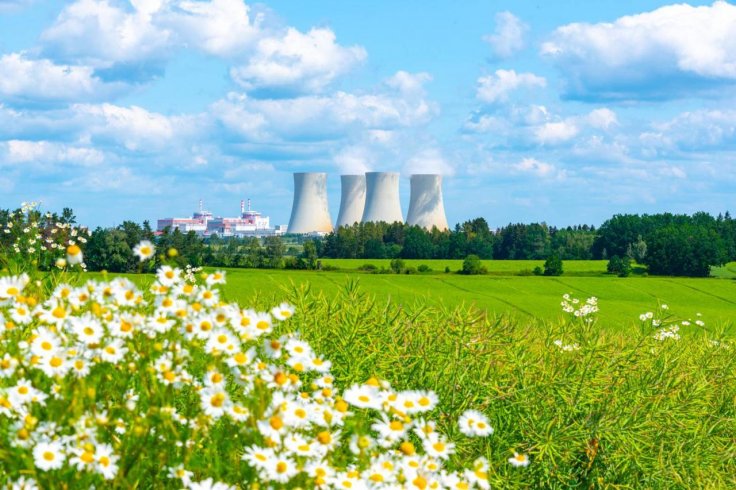
Japan has reaffirmed its commitment to a safer and cleaner nuclear energy future by pledging to decommission certain aging nuclear plants and replace them with advanced, safer reactors. This strategic move is underscored by the government's commitment to energy transformation and decarbonization while addressing the lingering impacts of past nuclear disasters, most notably Fukushima Daiichi Nuclear Power Plant (FDNPP).
Decommissioning and Modernization of Nuclear Reactors
The Japanese government, through its industry ministry, is set to implement a policy that balances the construction of new nuclear reactors with the decommissioning of aging ones. This policy, expected to be part of the revised Strategic Energy Plan, aims to ensure that the total number of reactors in Japan does not increase. Instead, it promotes the replacement of outdated reactors with next-generation advanced reactors, aligning with the Basic Policy Toward the Realization of Green Transformation adopted by the Kishida Cabinet in 2023.
This policy is designed to mitigate public backlash by modernizing and improving its nuclear facilities, rather than merely expanding them. For example, Kyushu Electric Power Co. plans to build new reactors at its Sendai nuclear power plant as it decommissions older ones at the Genkai nuclear power plant. This approach also allows for new reactors to be constructed at different sites operated by the same utility if space constraints at the original site are an issue.
The Fukushima Daiichi Decommissioning Effort
Central to Japan's nuclear strategy is the ongoing decommissioning of the FDNPP, a complex and long-term endeavor that began after the 2011 earthquake and tsunami caused a catastrophic meltdown. Tokyo Electric Power Co. Holdings (TEPCO) is poised to commence the trial removal of melted fuel rods, a critical step delayed by three years and now scheduled between August and October 2024.
This intricate process involves using a specialized device akin to a fishing rod to safely extract small amounts of highly radioactive debris. The trial phase will provide crucial data to enhance future removal efforts, potentially involving a robot arm capable of handling larger debris quantities.
Safety remains paramount, with measures in place to minimize workers' exposure to radiation. The successful execution of this trial will pave the way for a more comprehensive debris removal strategy, crucial for dismantling the reactor buildings and mitigating ongoing environmental contamination from radioactive water.
Long-Term Vision and Challenges
Japan's nuclear decommissioning efforts, especially at FDNPP, are projected to span 30 to 40 years. However, some experts from the Atomic Energy Society of Japan caution that the process could extend beyond a century, given the complexities and unprecedented nature of the task. Unlike Chernobyl, where a containment structure was erected to isolate the radioactive waste, Japan aims to completely remove the debris and dismantle the reactors, presenting significant technical and logistical challenges.
Additionally, the issue of contaminated soil and rubble disposal remains unresolved, with the government pledging to relocate this waste outside Fukushima prefecture by 2045, yet without a determined destination.
Towards a Decarbonized and Sustainable Energy Future
Japan's strategic energy initiatives reflect the challenges associated with embracing advanced nuclear technology and managing public concerns post-Fukushima. The revised Strategic Energy Plan and the Basic Policy Toward the Realization of Green Transformation underscore a commitment to leveraging nuclear energy's potential while prioritizing safety and environmental stewardship.
By decommissioning older reactors and carefully managing the Fukushima cleanup, Japan aims to create a more sustainable and resilient energy infrastructure. This effort not only contributes to global decarbonization goals but also sets a precedent for handling nuclear legacy issues with transparency and technological innovation.
Disclaimer: IBT does not endorse the above content.








